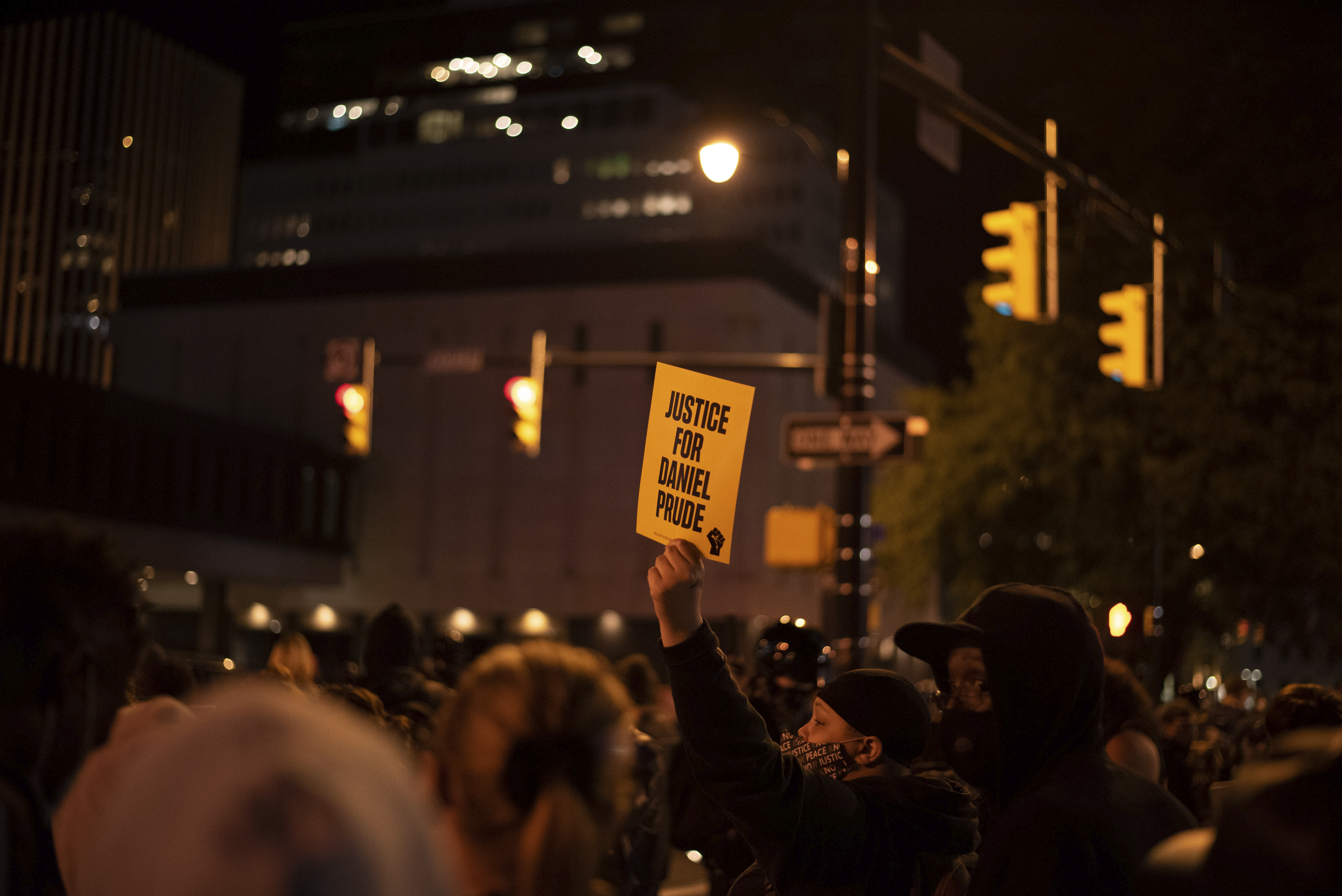Rethinking Policing
Rethinking Local Policing
Nearly a year after George Floyd's murder catalyzed international protest, upstate New York activists appeal to local and state governments to transform policing amid ceaseless police shootings.

ake a moment to close your eyes, and think about what public safety looks like to you.
“I’m certain you probably would see a sunny day, blue skies,” Syracuse activist Yusuf Abdul-Qadir told an online audience that heeded his request to pause for a moment and imagine. “You might see children on a front porch; you might see kids playing basketball; you might see a grandmother knitting; you might see an uncle playing dominoes; you might see birds chirping in the sky.”
“What you don’t think about when you say public safety is someone getting their head busted up by a billy club,” Abdul-Qadir continued. “What you don’t think about when you imagine public safety is someone being thrown against the car and pushed on the floor.”
Abdul-Qadir, a lead organizer for the Syracuse Police Accountability and Reform Coalition (SPAARC), ran this exercise during the panel series “Policed Bodies: A Community Conversation on Race, Disability, and Justice,” hosted by Syracuse University’s Lender Center for Social Justice.
Nearly a year after the murder of George Floyd by Minneapolis police officer Derek Chauvin sparked international protest, activists from Syracuse and Rochester gathered April 16–17 to discuss the next steps in the fight for police reform.
Panelists arrived at the virtual discussion one week after witnessing the police shooting of Daunte Wright less than 15 miles from both where Chauvin murdered Floyd and where Chauvin stood trial at the same time Wright was killed. Only days after Wright’s death, the Chicago Police Department released footage of a police officer killing 13-year-old Adam Toledo after he dropped his gun and raised his hands.
The police killings of Wright and Toledo set a somber and urgent tone for the Syracuse panel’s discussion. Less than four months into 2021, police in the U.S. had already killed 319 people.
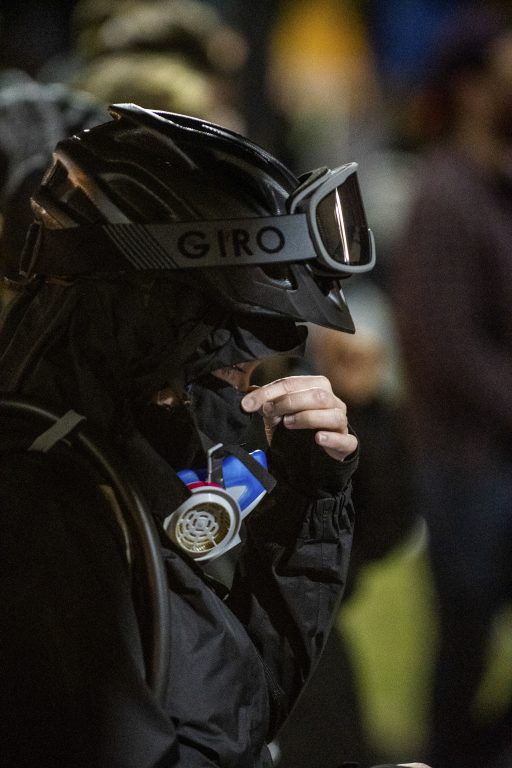
The pace of police violence in Rochester activist Ashley Gantt’s community has been unrelenting since the past summer of protests against police brutality. Gantt shared during the panel that only two hours before a state trooper had shot another man in Rochester.
In these instances of police violence, police kill Black Americans at three times the rate of white Americans, and 98% of police officers are never charged, let alone convicted, of a crime. Though the Minnesota jury determined former officer Chauvin was guilty on all charges for the murder of George Floyd, prosecutors of Chauvin and activists were hesitant to applaud the verdict as a sign that the system is fair.
“I would not call today’s verdict justice, however, because justice implies true restoration,” said Minnesota Attorney General Keith Ellison during a statement following Chauvin’s trial. “But it is accountability, which is the first step toward justice.”
New police accountability measures in Syracuse have been proposed as part of the city’s police reform and reinvention plan that include:
- banning the use of chokeholds and use of force as a retaliatory measure
- outfitting officers in the city with body-worn cameras
- requiring police officers to provide a business card with their identification
- mandating press briefings within 24 hours at the scenes of critical incidents
But local advocates hope for more significant changes that will address the systemic violence in policing nationwide. In 2019, U.S. police killed more than 1,000 people, or about 34 people per 10 million residents. This is more than three times the rate in Canada and 30 times the rate in countries like England, Japan, and Norway.
Researchers and activists have suggested the dramatic differences in police-related deaths between the U.S. and other major countries go back to the American police force’s roots in slave patrols and white supremacy. Some also point to the massive U.S. carceral system that still perpetuates legalized slave labor — and profits from that labor — under the exception clause in the U.S. Constitution’s 13th Amendment.
Faced with numbing numbers and constant new stories of police shootings online and locally, Gantt and fellow members of Free the People ROC have been pushing New York lawmakers to pass Daniel’s Law, which they wrote in response to the violent confrontation that led to the death of Daniel Prude in Rochester police custody in March 2020. During the incident, officers put a spit hood on Prude, who was experiencing a mental health crisis, and held him face-down on the pavement, leading to a death similar to Floyd’s in Minneapolis two months later.
Daniel’s Law, if passed by the end of the New York legislative session in June, would establish mental health response units that would respond to calls instead of police to de-escalate mental health and substance abuse emergencies.
Following the release of police body cam footage of Prude’s death later in September, activists launched a series of community protests demanding justice and the reallocation of funding away from the Rochester Police Department.
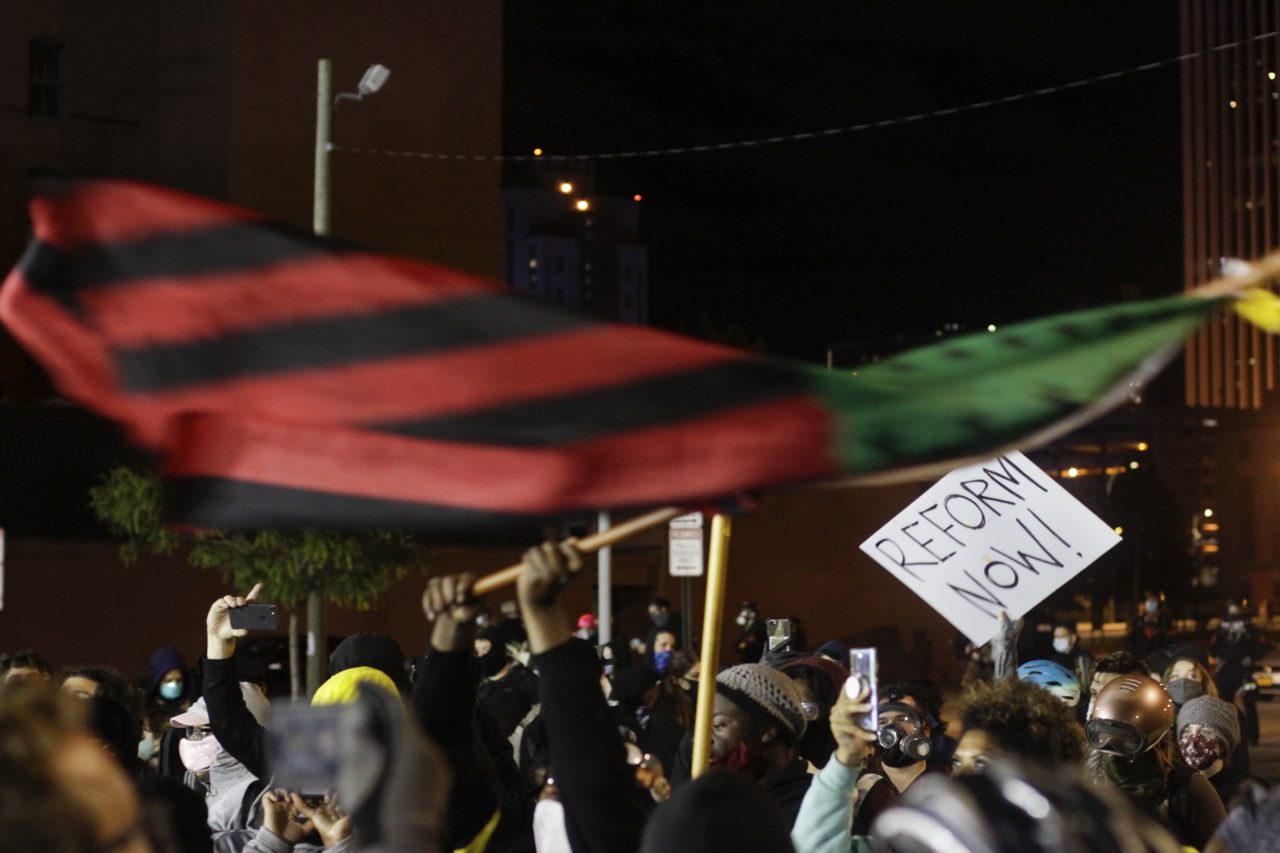
On the 10th consecutive night of protests in Rochester, Gantt and hundreds more protestors continued to thrust Prude’s case into the national spotlight as they marched to the city’s Public Safety Building.
“Say his name!”
“Daniel Prude!”
“Say his name!”
“Daniel Prude!”
The yellow-tinted street lights dimmed in comparison to the five towering stadium lights that flooded every inch of the plaza with manufactured daylight. More than an estimated 40 officers in riot gear formed an unmoving line in front of the building, stationed 50 feet behind a pre-assembled barricade, and several more officers surveyed the scene from a nearby overpass. A surveillance drone buzzed overhead.
Unlike some nights the week prior, the protest remained peaceful as no encounter escalated with the police. Activist and singer Danielle Ponder spoke to the crowd of protesters after the march had evolved into a dance circle.
“If there’s any evidence that we need to defund the police, it’s the fact that we can have 200 of them here a few nights, nobody in the rest of the city, and everything’s going alright,” Ponder said to a cheering crowd.
At the SU panel in April, Gantt said that despite protests last summer and fall, police violence against people of color continues to persist on a weekly basis.
She said that by calling to defund the police, protestors are calling for cities to reallocate funding away from police departments and their expenditures on military-grade equipment, such as riot gear, drones, and tanks, and instead investing those same funds in housing, food, education, and public spaces for underserved communities.
Gantt questioned the Rochester Police Department’s $150 million annual budget while other institutions in the city like housing, education, and recreation are often neglected.
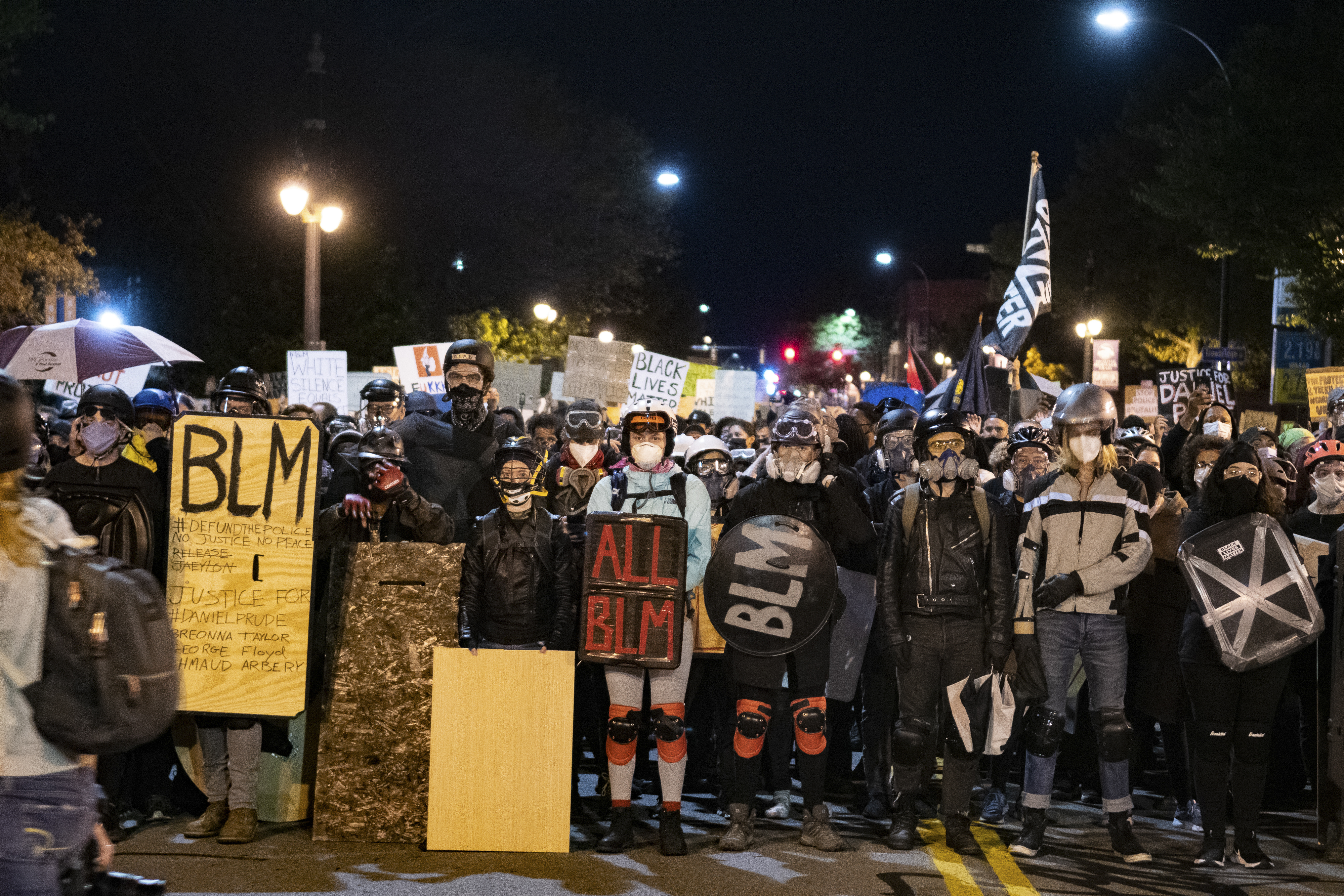
“When we say defund the police, which is the road to abolishment, it’s very difficult for some people, and it’s very scary,” Gantt said at the SU panel in April. “But for us, having police officers, 90% of them who don’t live in our communities, coming into our communities every single day… [they are] literally terrorizing us, literally terrorizing our children.”
Fellow panelist Talina Jones, chair of the New York State Early Intervention Coordinating Council, shared the heart-pounding fear she and others experience when pulled over by the police, especially late at night, and her constant terror that her son might be killed in an encounter with the police. She worries that her son, who has Down syndrome, would be perceived as a threat by officers because he might not be able to comply with requests such as putting up his hands, or he might become physical if provoked.
“All I could think about is somebody asking him for his identification or asking him to stop … and all I could see in this moment as it relates to policed bodies is death,” Jones said. “When we see systems of policing as we understand it right now, we see death. We don’t see justice.”
Jones and Abdul-Qadir said that the problem with the idea that police violence could be solved if people were “compliant” with officers is that it favors able-bodied people, and it puts the responsibility for the preservation of someone’s life on the untrained individual instead of on the paid professional.
Panelist and non-profit director Brandon Anderson added that the extreme fear of the police that weighs on both the individual and the collective Black psyche can itself complicate what police and onlookers might misinterpret as dangerous non-compliance, such as a reluctance to exit their vehicle during an encounter with police.
“Police terror is the consequence of decades of unrelenting state sanctioned violence levied especially against Black people by militarized police forces and resulting in high rates of Black death,” he said. Anderson founded Raheem, an online tool that helps victims report police violence to a third party other than the police, after his partner was killed by police at a routine traffic stop. Anderson found himself part of the 95% of people who experience police violence and don’t report it.
Through the website, Raheem is collecting a database of information on police behavior in more than 220 cities across the country. Anderson and his team are also working to launch Mutual Aid, an emergency dispatching system that will provide a non-police alternative to 911. In its reports, Raheem asks respondents to indicate what they would have preferred other than the police to resolve their conflict, a feature he said gives respondents “some uninterrupted space to dream about what a world with no police could look like.”
For activists and protestors, that world looks a lot more like community investment and the sunny summer day Abdul-Qadir envisioned, and a lot less like officers in riot gear, a tank on Salina Street in Syracuse, or Black bodies being thrown face-down on the pavement.
“We’re criminalized before we’re given the opportunity to be citizens,” said Larry Williams, CEO of Syracuse Community Connections. Williams grew up in Syracuse’s Pioneer Homes and experienced firsthand the police surveillance of his community and the marginalization of communities of color, especially those in poverty.
Black Lives Matter Syracuse organizer Yahkeef Davis shared his list of ways the city and allies can take action next to confront police violence:
- Syracuse Common Council should pause the passage of the city’s 2022 budget “until it reflects transformative efforts in both policing and equity”
- Syracuse city government should enact the remainder of the People’s Agenda for Policing published by SPAARC last year
- Community organizations should reevaluate their ties with the Syracuse Police Department
- Supporters should amplify the work of Black grassroots organizers
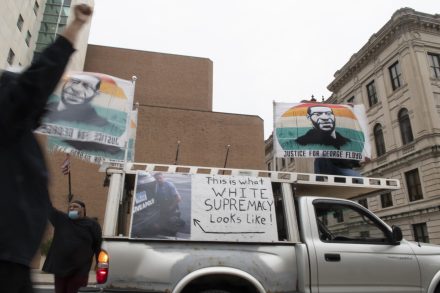
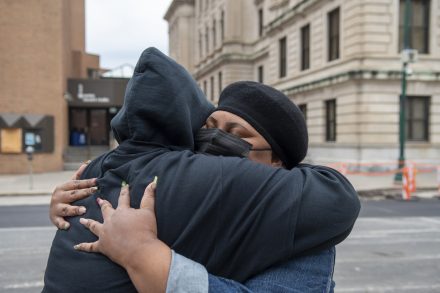
Deconstructing the Divide
In all efforts to reform and disinvest from the police, panelists agreed that Americans of color are often closest to issues of police violence, in deepest need of healing, and thus best-suited to propose solutions to the problem.
In many cases, Black activists and local organizations such as National Action Network Syracuse, Rebirth SYR, Last Chance for Change, SPAARC, and Free the People ROC have already developed solutions and are only waiting for cities and lawmakers to take action.
Syracuse Community Connection’s Williams said that voices from these groups need to be centered in discussions with city leaders and police forces.
“Because if we’re not at the table,” Williams said, “then we’re on the menu.”

